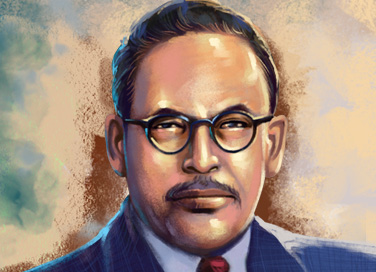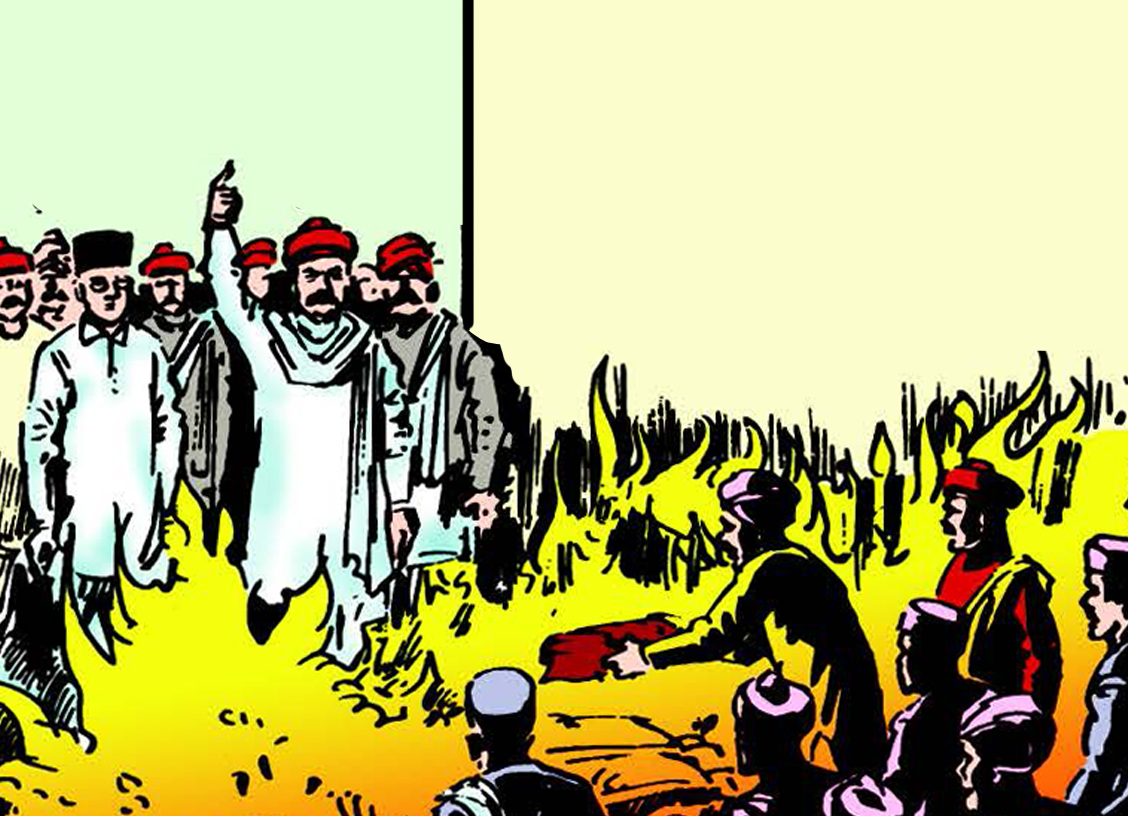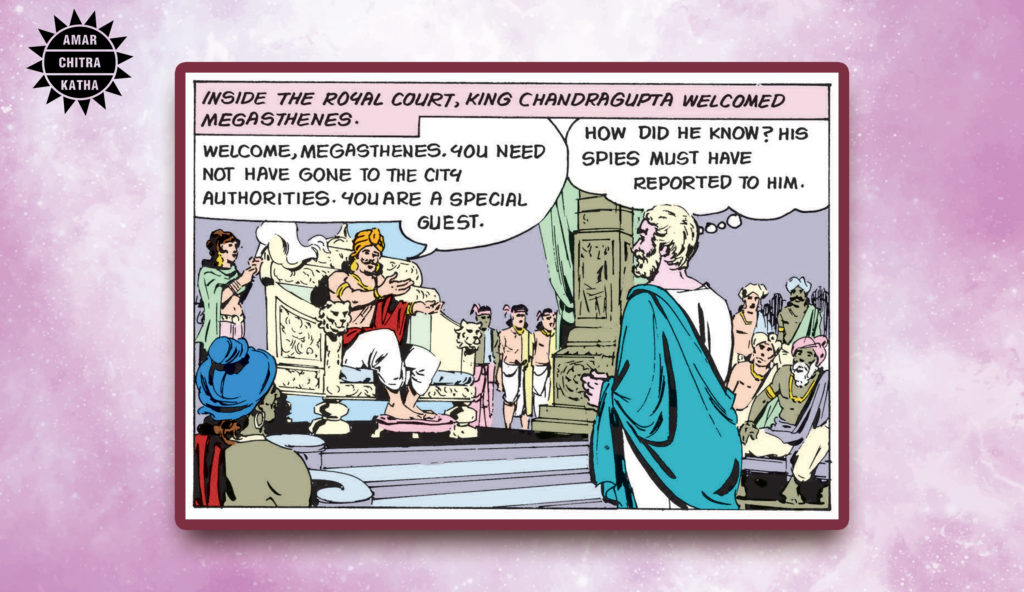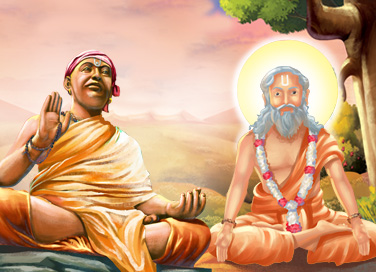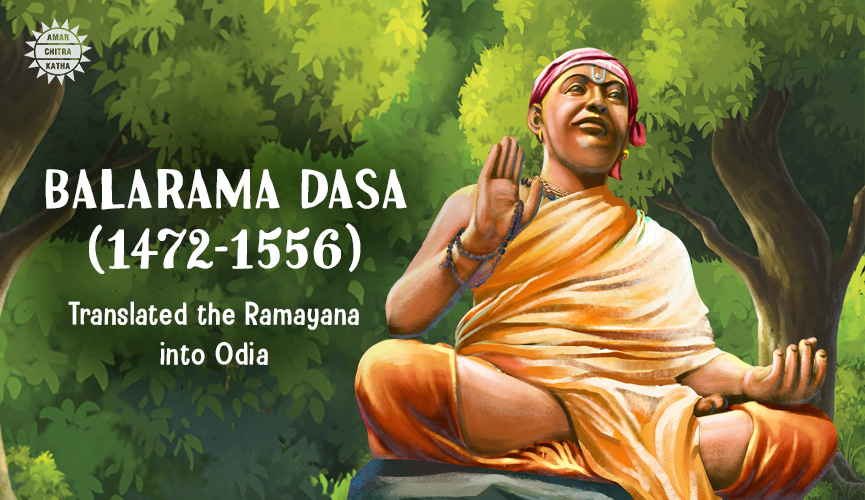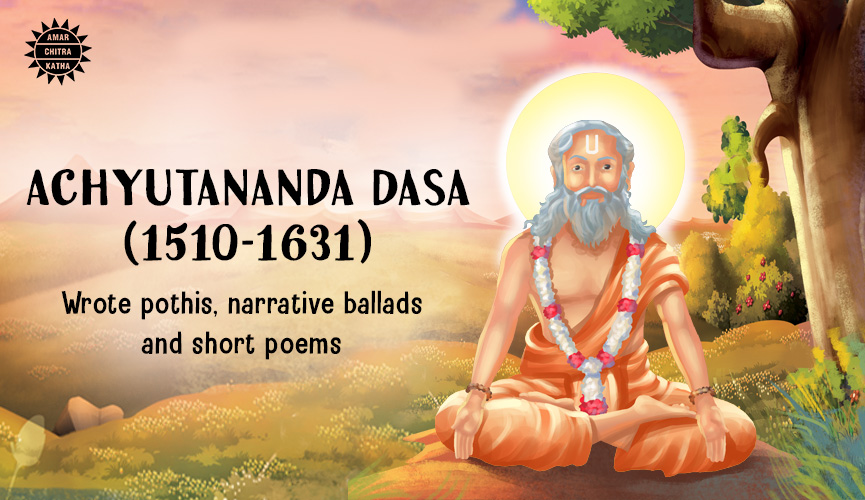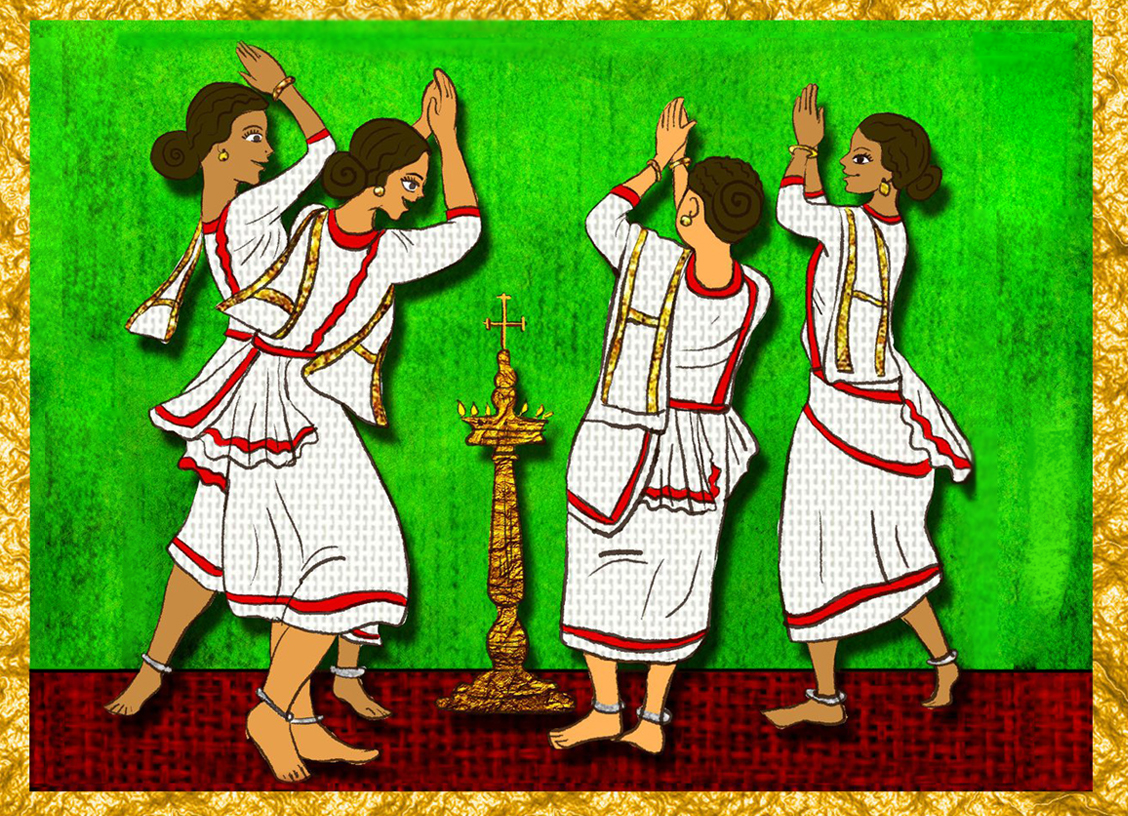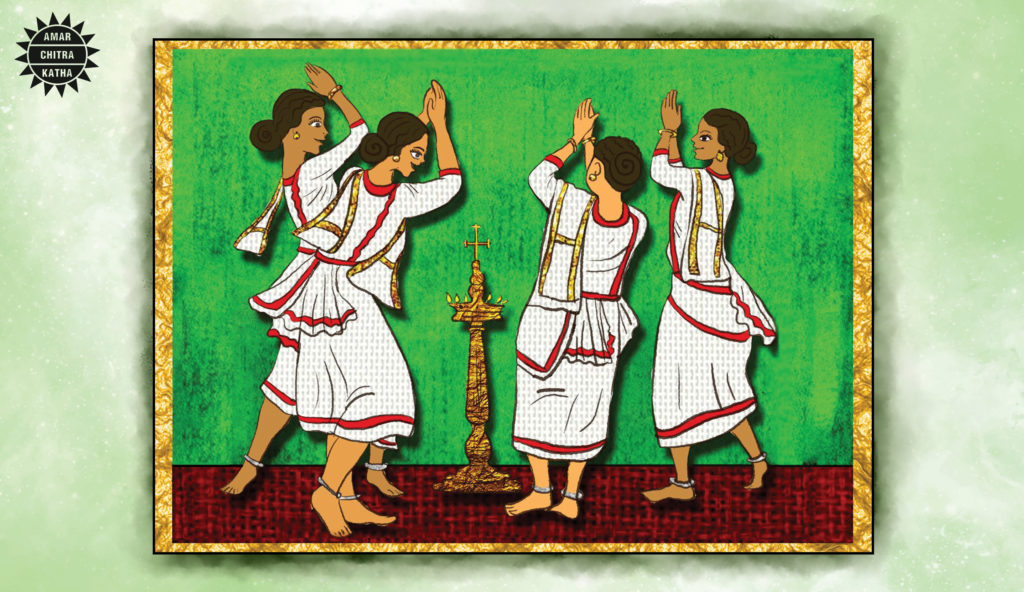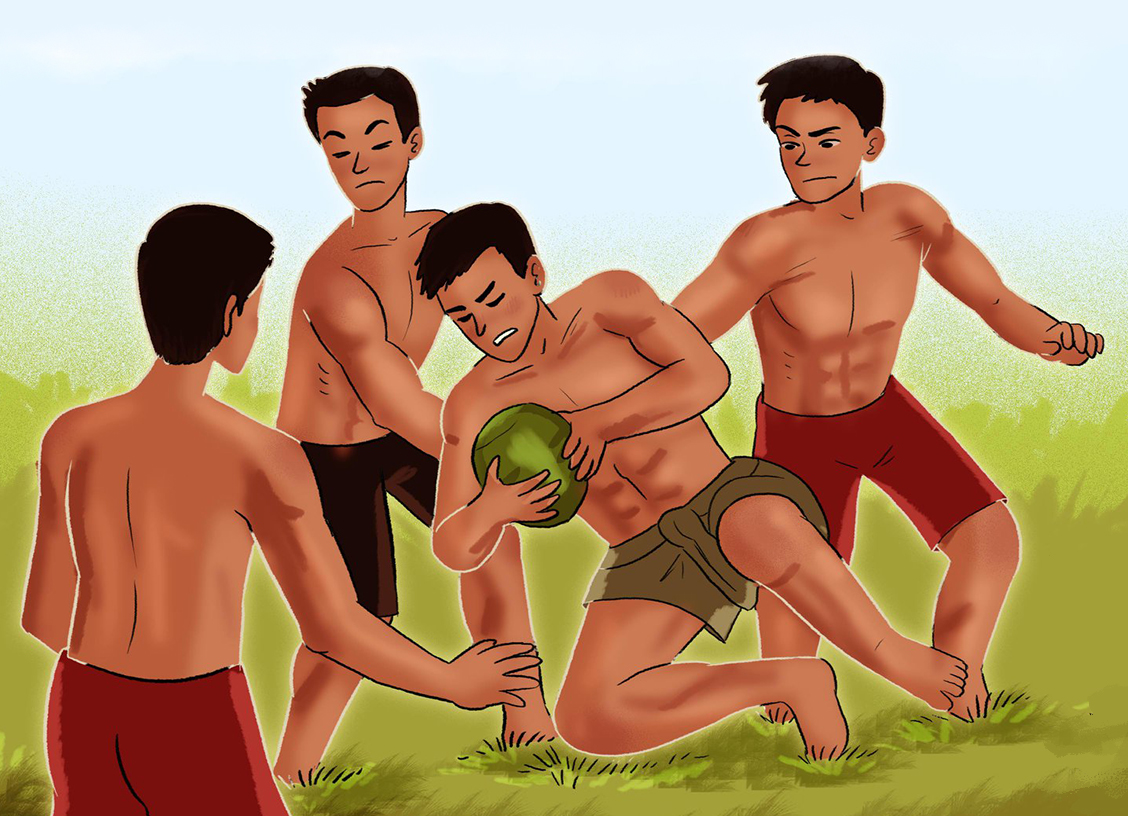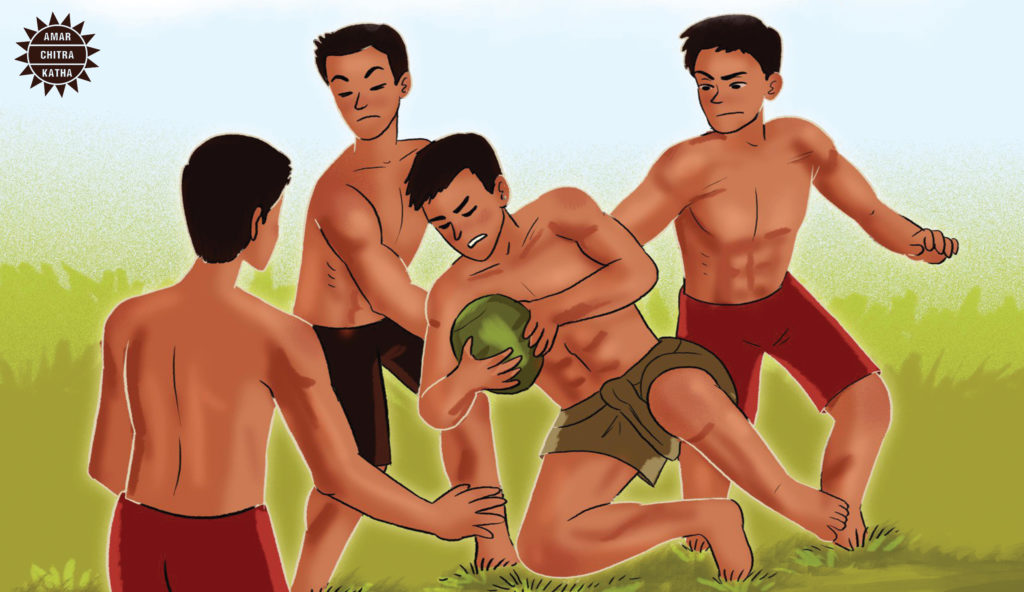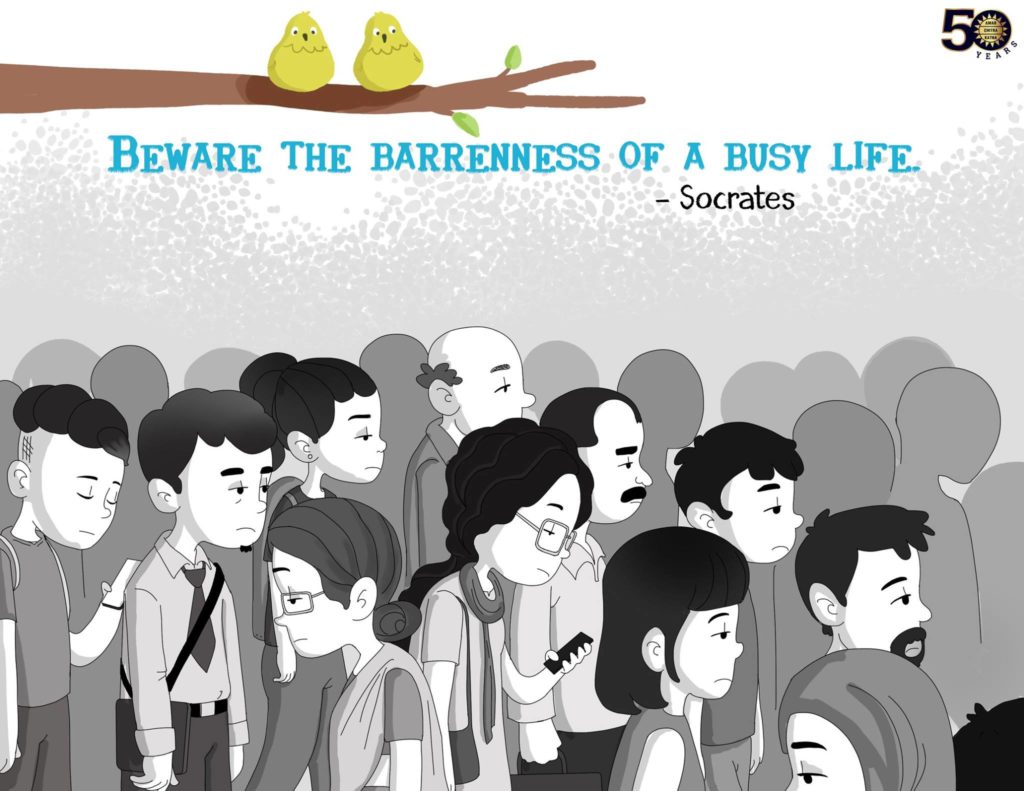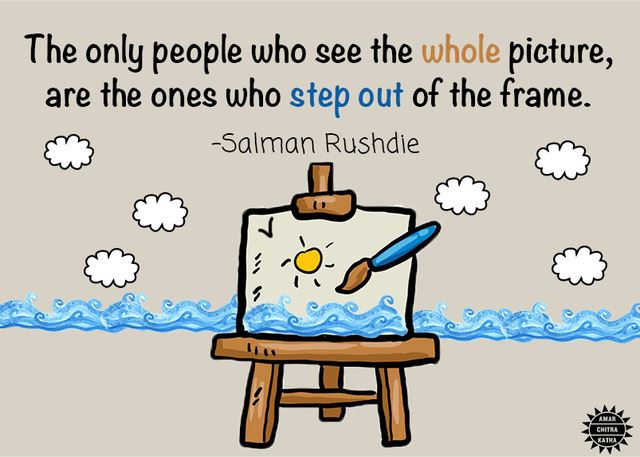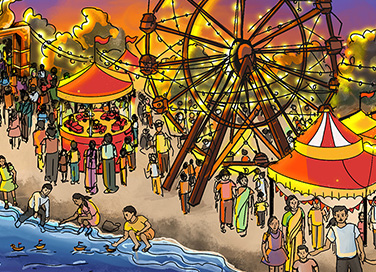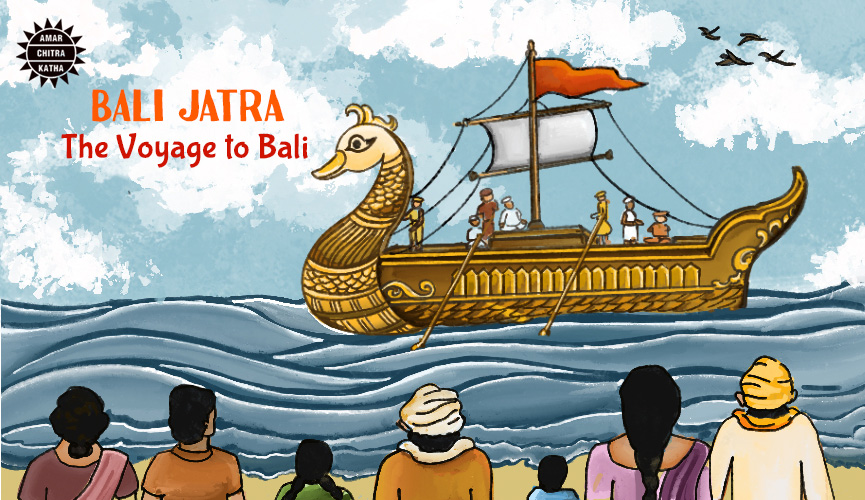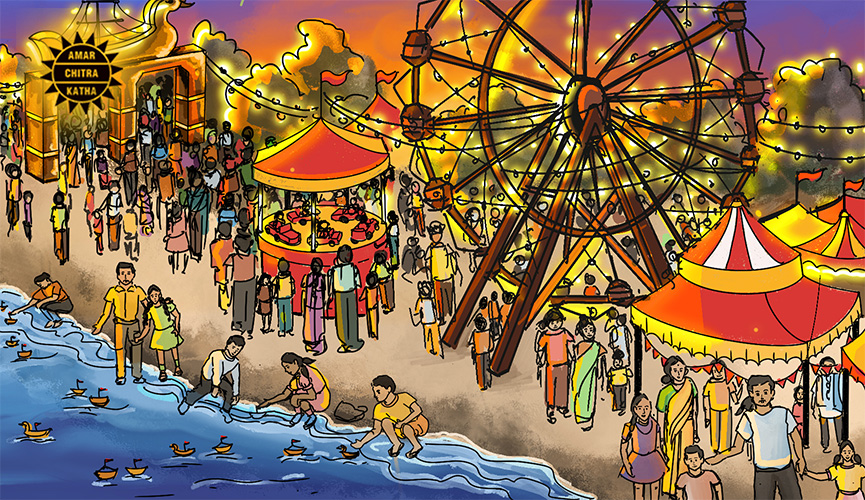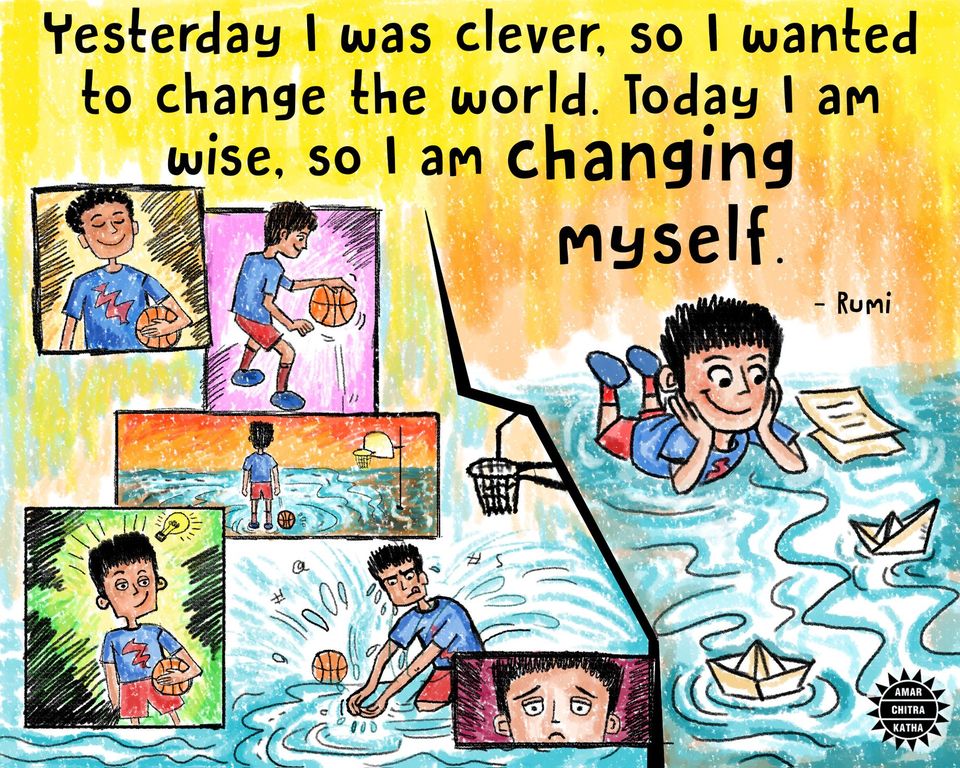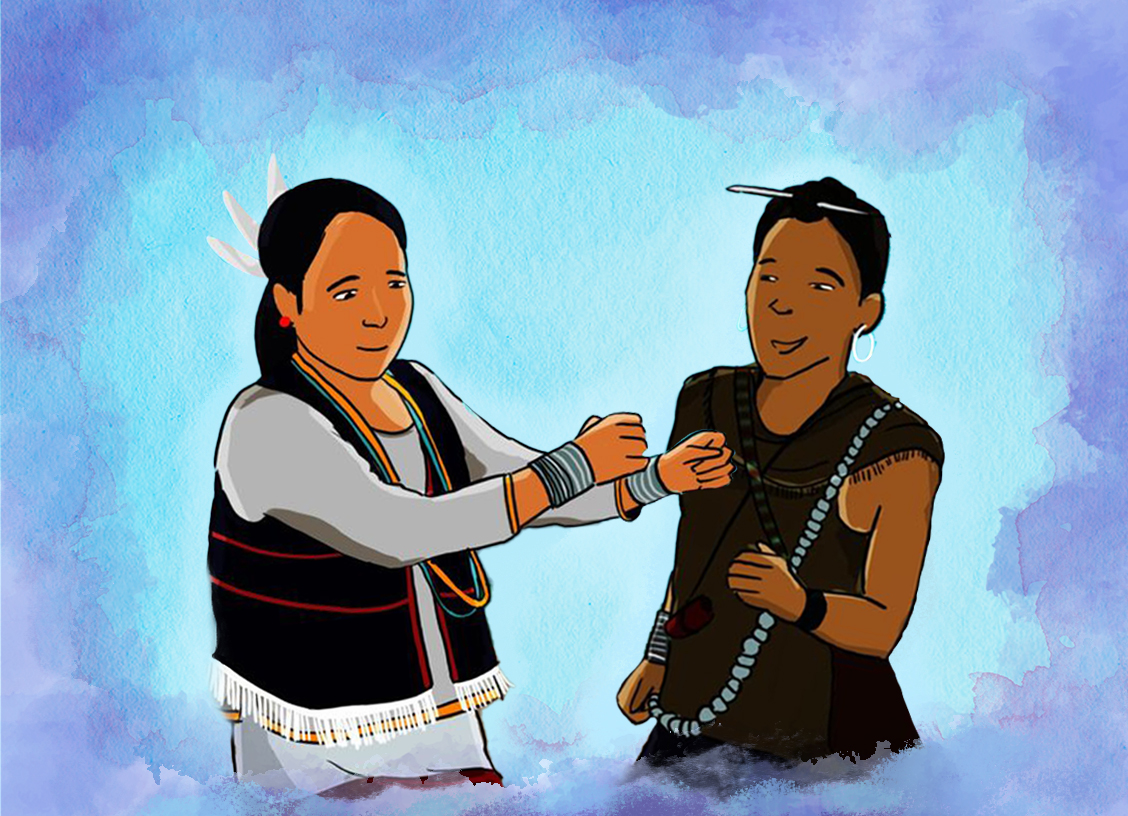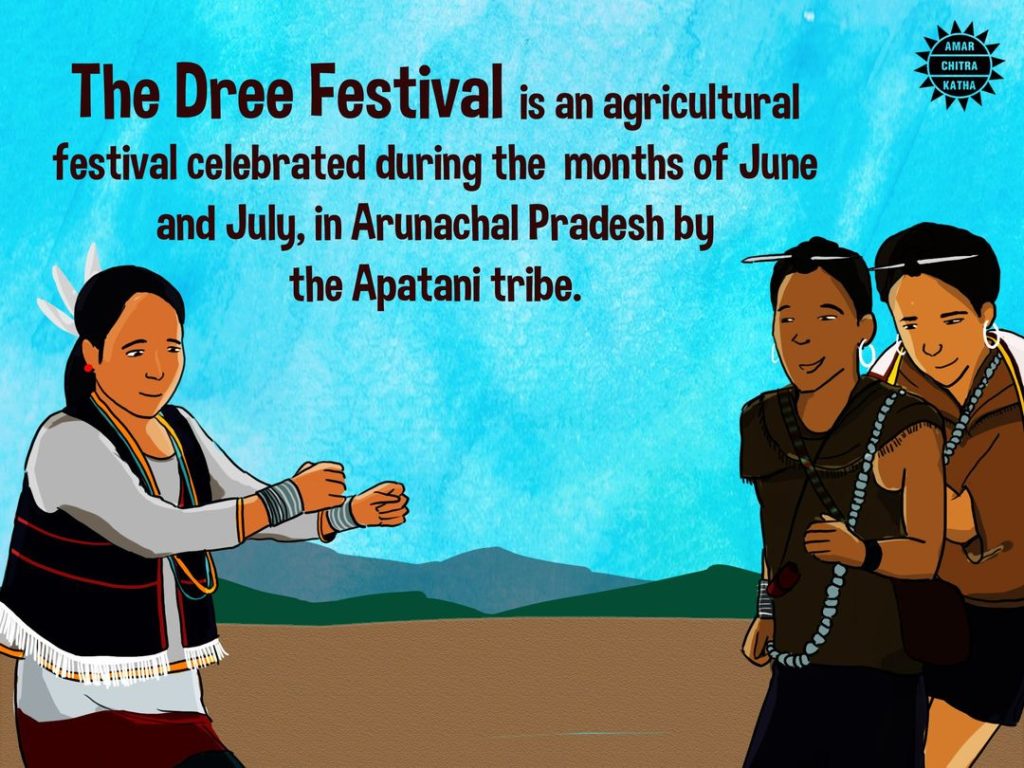By Krishna Priya
Imagine gazing up at the stars and wondering about the secrets they hold. Now, imagine being able to unlock those secrets with a revolutionary equation that reveals the hidden properties of stars. This is precisely what Meghnad Saha, a visionary Indian astrophysicist, achieved in the early 20th century. Meghnad literally means ‘one who can roar’ (‘nad’) like a cloud (‘megh’), and Professor Saha embodied this spirit throughout his life. He spoke frankly and bluntly about what he believed to be right and wrong.
Born on 6 October 1893, in a small village in British India called Sheoratali (now Bangladesh), Saha’s groundbreaking work on thermal ionisation fundamentally transformed our understanding of the cosmos. His journey from a small village boy to a towering figure in the scientific community is a testament to his brilliance, perseverance, and passion for unravelling the mysteries of the universe.
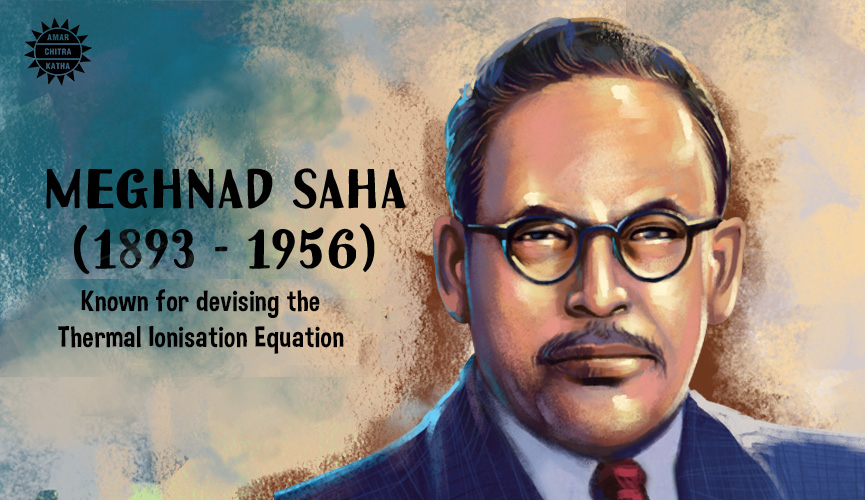
Academic Career
After his schooling, Saha appeared for the entrance exam of Calcutta University, and stood first among the students from East Bengal, obtaining the highest marks in languages; English, Bengali, Sanskrit, and Mathematics. Soon, he took admission in the Presidency College in Calcutta and graduated with a mathematics major. Saha graduated with honors in Mathematics, earning his BSc in 1913 and his MSc in Applied Mathematics in 1915. A year later, he was appointed as a lecturer in the Department of Applied Mathematics at the University College of Science, Calcutta, and he later joined the Physics Department. At the same time, Saha also began translating original German papers by Einstein and Minkowski into English.
In addition to teaching, Saha initiated research activities. Despite lack of facilities and guidance, he relied on his self-acquired knowledge and was quite successful.
In 1919, an American astrophysical journal published his article, ‘On Selective Radiation Pressure and its Application’ where he put forward the argument for what went on to become the ‘Saha Equation’ or the ‘Thermal Ionisation Equation’. Saha later spent time conducting research at the Imperial College London and at the laboratory of Walther Nernst in Germany. In 1927, he was selected as a Fellow of the ‘Royal Society of London’.
Groundbreaking Work
Saha first stated his famous ‘Saha Equation’ in 1920. Despite not winning a Nobel Prize, his pioneering work on the Saha Ionisation Equation significantly advanced the field of astrophysics, allowing scientists to better understand the physical conditions of stars. In 1932, the Uttar Pradesh Academy of Science was established under his supervision. He returned to University College of Science, Calcutta, in 1938. After getting interested in nuclear physics and having seen cyclotrons used for research in nuclear physics abroad, he ordered one to be installed in the institute. In 1950, India had its first cyclotron in operation. He also devised an instrument called the solar calorimeter to measure the weight and pressure of solar rays.
Campaign for Scientific Literacy
In addition to his scientific contributions, Saha aspired to enhance scientific literacy in India. During the 1930s and 1940s, he played a key role in founding several societies and journals, including the National Academy of Science, the Indian Physical Society, and the journal ‘Science and Culture’, which he edited until his death.
Political Career
Beyond his scientific achievements, Saha’s influence extended into the political arena. Elected as a member of the Indian Parliament in 1952, he used his platform to advocate for the development of scientific infrastructure, because of which, institutes such as the Saha Institute of Nuclear Physics in Calcutta, were established.
As the chair of the Calendar Reform Committee in 1952, Saha also played a critical role in the reformation of the Indian calendar. The committee’s recommendations led to the adoption of the National Calendar of India, which is based on the Saka Era and closely aligns with the Gregorian calendar. This reformation helped synchronize agricultural, civil, and religious events across India, thereby streamlining administration and improving societal cohesion.
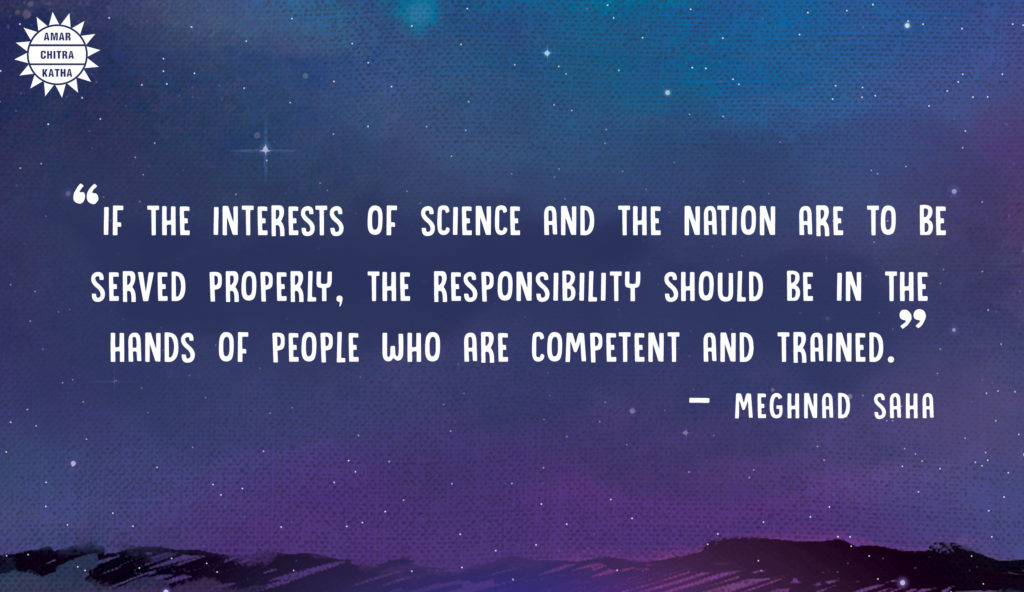
Saha’s Legacy
Meghnad Saha’s efforts in science education reform modernised curricula and research facilities, benefitting future Indian scientists. His legacy as a scientist, educator, and statesman advanced our understanding of the universe and laid the foundation for a progressive, independent India. Considered as the first astrophysicist of India, he is also the brain behind river planning in India, having prepared the blueprint for the Damodar Valley Project. The humanitarian in him also helped in rehabilitating partition refugees in Bengal.
Meghnad Saha was also a strong advocate for the peaceful use of nuclear energy. He saw nuclear power’s potential to meet India’s energy needs and promoted its development for civilian purposes. Saha’s vision aimed to harness nuclear energy for industrial growth, improved quality of life, and scientific progress, emphasising safety and avoiding militarisation. His efforts highlighted his commitment to using scientific knowledge for societal and national development. His legacy is a testament to his unwavering dedication to science and his visionary approach to national development. Saha’s life and work continue to inspire future generations to pursue knowledge, advocate for scientific progress, and strive for a better world.
Read about more such visionaries from Indian history on the ACK Comics app!




